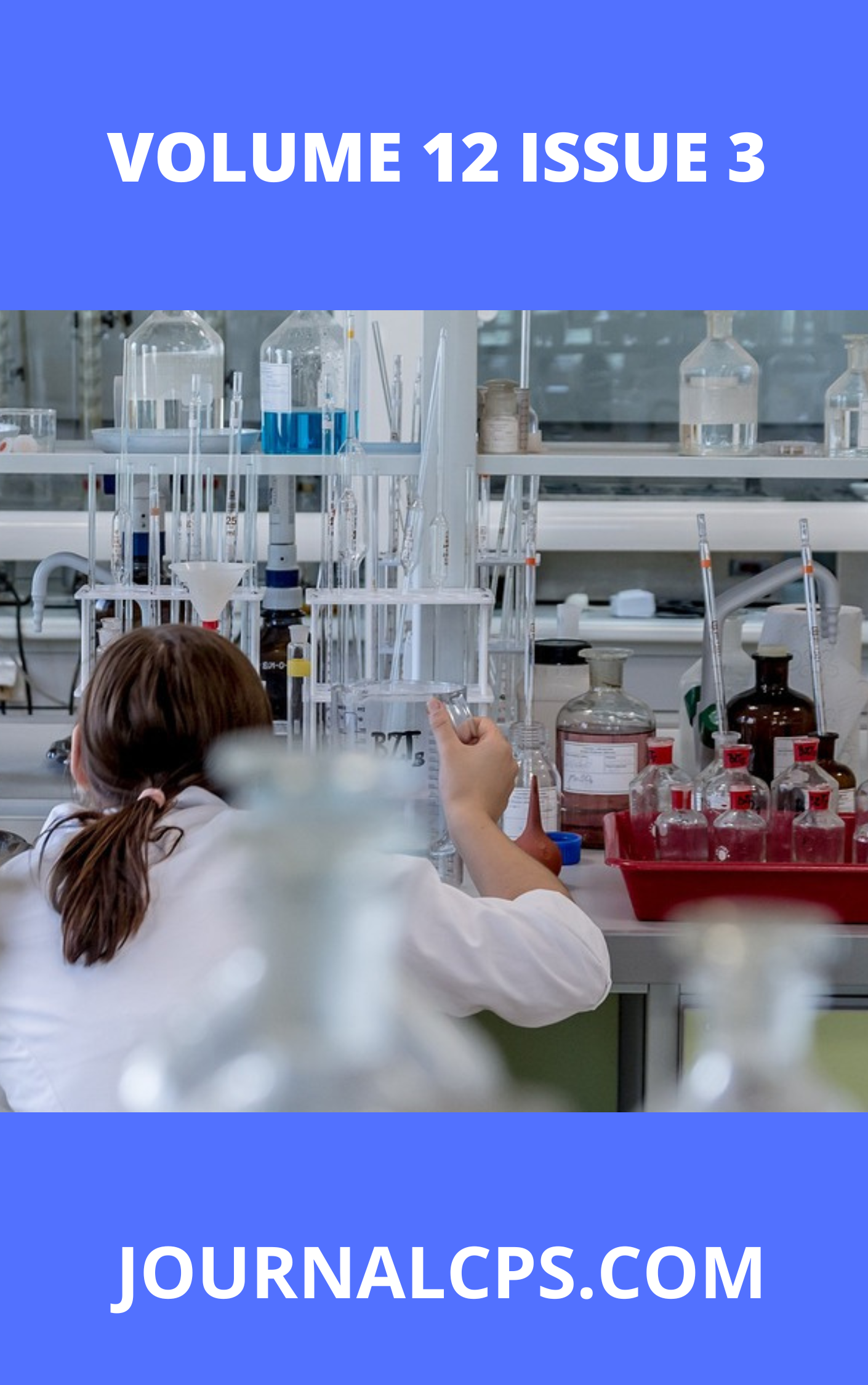Investigation of Acanthus montanus Leaves Extract as Corrosion Inhibitor for Copper in 2 M Sulphuric Acid
Keywords:
Copper, corrosion inhibition, sulphuric acid Acanthus montanusAbstract
This study investigates the corrosion inhibition potential of Acanthus montanus leaves extract (AMLE) on copper in 2 M H₂SO₄ solution. Corrosion is a significant issue for materials in industrial environments, leading to material degradation and economic losses. This study aims to explore the use of AMLE as a green inhibitor to mitigate copper corrosion, aligning with the increasing demand for environmentally friendly solutions. The inhibitory performance was evaluated using weight loss measurements, electrochemical polarization, and electrochemical impedance spectroscopy (EIS). Additionally, adsorption and activation studies were conducted to elucidate the inhibition mechanismIn the experimental setup, copper coupons were immersed in 2 M H₂SO₄ containing different concentrations of AMLE (0.1–0.5 g/L). The results reveal that AMLE significantly reduces the corrosion rate of copper, with inhibition efficiency (%IE) increasing with extract concentration. The weight loss method showed a maximum inhibition efficiency of 81.51% at 0.5 g/L of AMLE. However, inhibition efficiency decreased with increasing temperature, suggesting a temperature-sensitive adsorption process. Electrochemical polarization studies indicated that AMLE acts as a mixed-type inhibitor, reducing both anodic and cathodic corrosion reactions. EIS results demonstrated that AMLE functions by forming a protective layer on the copper surface, with charge transfer resistance increasing proportionally with extract concentration. The FT-IR and SEM analyses confirmed the formation of a protective film comprising extract molecules adsorbed onto the copper surface. Activation energy (Ea) values for the inhibited systems were consistently higher than those of the uninhibited system, indicating that AMLE reduces the corrosion rate by increasing the energy barrier for the corrosion process. The observed increase in activation energy with extract concentration supports a physical adsorption mechanism. Adsorption studies showed that the process is spontaneous and endothermic, with the data fitting well into the Langmuir isotherm model, further supporting physical adsorption. This study highlights the potential of AMLE as a cost-effective and eco-friendly corrosion inhibitor for copper in acidic environments. The extract's ability to form a stable protective layer and its mixed-type inhibition behavior make it a promising alternative to synthetic inhibitors, particularly in industrial applications where environmental safety is a priority.
Downloads
Published
Issue
Section
Similar Articles
- Bala Idris, Abdullahi Lawal, Dauda Abubakar, Saddiq Abubakar Dalhatu, Ab initio Calculation of CuSbSe2 in Bulk and Monolayer for Solar Cell and Infrared Optoelectronic Applications , Communication In Physical Sciences: Vol. 7 No. 3 (2021): VOLUME 7 ISSUE 3
- A. Usman, Y. Mohammed, H. O. Muhammed, A. H. Zakari, N. L. Usman, Phytochemical Screening and Antioxidant Activity of Balanites Aegyptiaca Root Bark Extracts: Influence of solvent , Communication In Physical Sciences: Vol. 5 No. 2 (2020): VOLUME 5 ISSUE 2
- Uchechukwu Susan Oruma, Pius Oziri Ukoha, Collins U. Ibeji, Lawrence Nnamdi Obasi, Obinna C. Okpareke, Ebubechukwu N. Dim, Klaus Jurkschat, Ponnadurai Ramasami, Synthesis, Spectroscopic, Biological and DFT Studies of 2,4,6-Tris(4-Carboxyphenylimino-41-Formylphenoxy)-1,3,5-Triazine and its Trinuclear Dy(III) and Er(III) Salen Capped Complexes , Communication In Physical Sciences: Vol. 7 No. 3 (2021): VOLUME 7 ISSUE 3
- S. Takuma, Assessment of changes in plasticity and mechanical properties of polystyrene fatty acid-based neem seed oil blends , Communication In Physical Sciences: Vol. 4 No. 1 (2019): VOLUME 4 ISSUE 1
- Samuel Awolumate, Aderonke Nana Agbo, Nutrient Retention and Feed Utilization Efficiency in Clarias gariepinus: The Role of Lysine and Methionine in Enhancing Protein Deposition and Reducing Nitrogen Waste , Communication In Physical Sciences: Vol. 12 No. 3 (2025): VOLUME 12 ISSUE 3
- Godwin Enin, GC-MS Profiling of Bioactive Compounds in Methanol Extracts of Spices Used in Ibibio Postpartum Healthcare , Communication In Physical Sciences: Vol. 12 No. 4 (2025): VOLUME1 2 ISSUE 4
- Vincent Oseikhuemen Odia-Oseghale, Joseph Odion Odia-Oseghale, Environmental Implications of Quarrying and Waste Management: A Case Study of Okhoro, Benin City , Communication In Physical Sciences: Vol. 12 No. 4 (2025): VOLUME1 2 ISSUE 4
- Amaku James Friday, Victor Okezie Ikpeazu, Ifeanyi Otuokere, Kalu K. Igwe, Targeting Glycogen Synthase Kinase-3 (Gsk3β) With Naturally Occurring Phytochemicals (Quercetin and its Modelled Analogue): A Pharmacophore Modelling and Molecular Docking Approach , Communication In Physical Sciences: Vol. 5 No. 4 (2020): VOLUME 5 ISSUE 4
- Okenwa Uchenna Igwe, Ugochukwu Clinton Akwada, Phytochemical Composition and Antioxidant Activity Screening of Extracts from the Leaf of Emilia coccinea (SIMS) G.don , Communication In Physical Sciences: Vol. 8 No. 3 (2022): VOLUME 8 ISSUE 3
- S. A. Odoemelam, Assessment of Heavy Metal Status of Orashi River Along the Engenni Axis, Rivers State of Nigeria , Communication In Physical Sciences: Vol. 4 No. 2 (2019): VOLUME 4 ISSUE 2
You may also start an advanced similarity search for this article.




